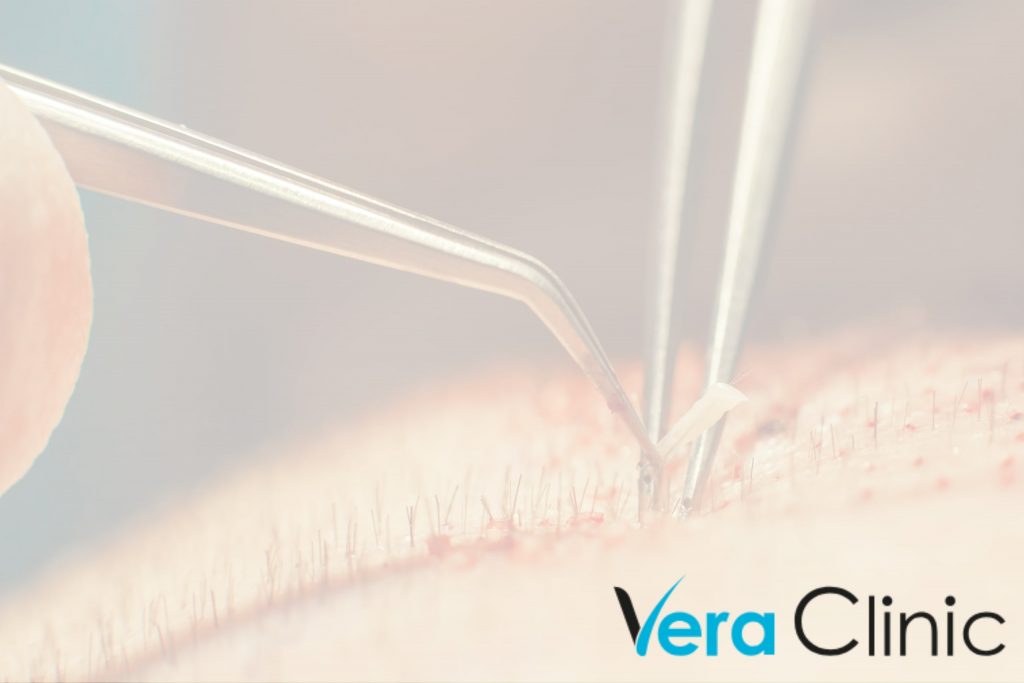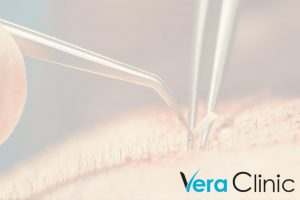Innovations In Hair Surgery: Technology’s Role In Turkish Clinics

Technology has played a pivotal role in advancing hair surgery techniques in Turkey. The country has gained a reputation for pioneering hair transplant procedures, fueled by innovative technologies. Turkey’s success in this field can be attributed to its commitment to staying at the forefront of medical advancements. Through the use of cutting-edge technology, such as robotic hair restoration systems and advanced imaging technology, Turkish surgeons have been able to provide more precise and effective treatments for patients seeking hair restoration. These technological advancements have not only improved the outcomes of hair surgery procedures but have also made them more accessible and affordable. As a result, Turkey has become a popular destination for individuals from around the world seeking high-quality and cost-effective hair transplant procedures.
In this article, we will delve deeper into the advancements in technology that have made Turkey a leader in the field of hair surgery.
Advanced Imaging and Diagnosis Tools
Advanced imaging technologies play a crucial role in accurately diagnosing hair loss and scalp conditions. Tools such as trichoscopy and digital scalp analysis have become integral to the assessment of hair density, follicle health, and scalp condition.
Trichoscopy, a non-invasive technique, enables dermatologists to examine the scalp at high magnification. This procedure aids in identifying specific patterns associated with hair loss, such as hair shaft anomalies, structural abnormalities, and signs of inflammation. By evaluating hair follicles and their characteristics, trichoscopy provides valuable insights into the underlying cause of hair loss, allowing for more precise diagnoses.
Digital scalp analysis complements trichoscopy by providing a detailed analysis of the scalp’s condition. This advanced imaging tool offers a visual representation of hair density, follicular health, and scalp condition. It assesses parameters like hair thickness, diameter, and density, helping clinicians monitor changes over time and evaluate treatment effectiveness.
The use of high-resolution imaging not only aids in accurate diagnosis but also helps in creating personalized treatment plans for patients. By visualizing the scalp and hair characteristics with clarity, clinicians can determine the most suitable treatment options, including medical therapy, hair transplantation, or hair surgery Turkey, if required. Additionally, high-resolution imaging allows for objective measurements, enabling healthcare professionals to track the progress of treatment and make necessary adjustments.
Robotic Assistance in Hair Transplantation
Robotic assistance, particularly through the use of systems like the ARTAS system, has revolutionized hair transplant procedures. The integration of robotics in these procedures greatly enhances precision and efficiency in follicle extraction and transplantation.
Robotic systems, such as the ARTAS system, are equipped with advanced imaging and mapping technology, allowing for the accurate identification and extraction of hair follicles. This eliminates the potential for human error and ensures consistent and precise results. The robotic arm of the system can quickly and accurately harvest thousands of grafts in a short amount of time, significantly speeding up the transplantation process.
Robotic assistance in hair transplantation greatly reduces trauma to the donor areas. The precision of the robotic system minimizes damage to surrounding tissues and reduces the risk of complications. This leads to faster healing times and less scarring for the patients.
Robotic hair transplant procedures have shown improved graft survival rates. The robotic system ensures the careful handling and placement of extracted grafts, resulting in higher success rates and natural-looking results.
Advanced Hair Transplant Techniques
Advanced hair transplant techniques have revolutionized the field of hair restoration. Two innovative techniques that have gained popularity are Follicular Unit Extraction (FUE) and Direct Hair Implantation (DHI).
FUE is a technique that involves the extraction of individual hair follicles from the donor area using a small, punch-like instrument. These follicles are then carefully implanted into the recipient area, resulting in natural-looking hair growth. FUE leverages technology to precisely extract and implant hair follicles, ensuring minimal scarring and a faster recovery time compared to traditional methods.
DHI takes the precision of FUE a step further by using a specialized implanter device to directly implant hair follicles into the recipient area. This technique eliminates the need for creating recipient sites in advance, reducing trauma to the scalp and allowing for a higher density of hair implantation.
Advancements in instrumentation and equipment have greatly contributed to the efficiency and minimally invasive nature of hair transplant procedures. The development of high-resolution cameras, magnification systems, and robotic technology has enabled surgeons to accurately visualize and extract individual hair follicles with minimal damage to the surrounding tissue. Automated systems have also streamlined the process, reducing surgery time and improving the overall experience for both patients and surgeons.
Platelet-Rich Plasma (PRP) Therapy
Platelet-Rich Plasma (PRP) therapy is a modern medical technique that utilizes technology to harness the healing properties of platelets for hair restoration. The process involves isolating platelet-rich plasma from the patient’s own blood and injecting it into the scalp.
To obtain platelet-rich plasma, blood is drawn from the patient and then placed into a centrifuge machine. This machine spins the blood at a rapid rate, separating the platelets and plasma from other blood components. The resulting platelet-rich plasma is then collected for use in the therapy.
Once the platelet-rich plasma is prepared, it is injected into the patient’s scalp in areas where hair growth is desired. The injections aid in stimulating the hair follicles and promoting natural hair growth. The growth factors and proteins found in the platelets help to rejuvenate and repair damaged tissues, including hair follicles.
PRP therapy not only promotes hair growth but also improves the outcomes of hair transplant procedures. By injecting platelet-rich plasma into the scalp before or after a hair transplant, it enhances the healing process and accelerates the growth of transplanted hair follicles. This leads to more robust hair growth and improved overall results.
Laser Therapy for Hair Restoration
Laser therapy, particularly low-level laser therapy (LLLT), has gained recognition as a non-invasive method for hair restoration. This innovative approach utilizes laser technology to stimulate the hair follicles, enhance blood circulation, and promote hair growth.
The laser light emitted during the therapy penetrates the scalp and is absorbed by the hair follicles. This absorption triggers a series of cellular processes, including the release of nitric oxide and ATP, both of which play vital roles in stimulating the hair growth cycle. By rejuvenating the hair follicles, laser therapy encourages the production of stronger, thicker hair strands.
The efficacy of laser therapy has been demonstrated in numerous studies and clinical trials. It has proven to be an effective method for reducing hair loss and enhancing hair growth in both men and women. Additionally, laser therapy can also complement the results of hair transplant surgery, promoting a faster and more successful recovery.
Laser therapy offers a non-invasive alternative to other hair restoration treatments, such as medications and surgical interventions. It is safe, tolerable, and does not cause any known side effects.
Conclusion
In conclusion, technology has played a significant role in revolutionizing hair surgery practices in Turkish clinics. Advanced imaging tools, such as high-resolution cameras and 3D scalp scanners, have allowed surgeons to accurately assess a patient’s hair loss and determine the best course of action. The introduction of robotics has further enhanced the precision and efficiency of hair transplant procedures, allowing for more accurate and natural-looking results. Innovative techniques, such as follicular unit extraction (FUE), have also been made possible by technological advancements, resulting in minimal scarring and faster recovery times for patients. To stay up to date with the latest technological advancements in hair surgery Turkey, it is encouraged for readers to consult with reputable clinics in Turkey, where they can explore the possibilities of achieving their desired hair restoration goals.








